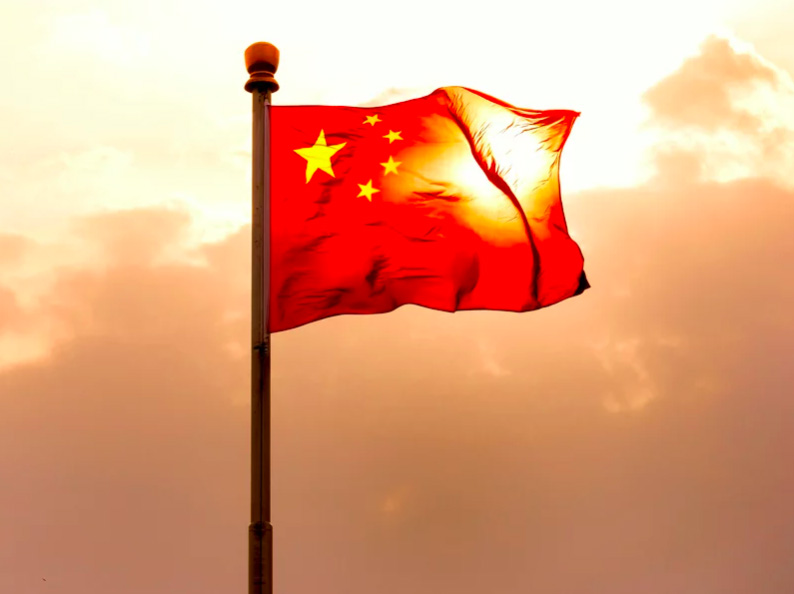India and China share a 2,521 mile-long border which almost doubles if you include the sandwiched countries of Nepal and Bhutan. In comparison, the border between Mexico and the United States is 1,954 miles long and we all know of US President Donald Trump’s proposal to construct a wall there because Mexicans have and continue to move to the Unites States in the hundreds of thousands to seek better economic and other opportunities.
Both these geographical examples highlight the universal truth that, given the chance, human beings will always migrate from a location with poorer relative opportunity to one of higher relative opportunity to better their lives.
In a market-driven economy, the meaning of a better life certainly includes access to jobs, health, education, goods and services. The underlying factors to this are transport infrastructure, communications, utilities, access to markets, law and order, and more.
So today, if one were to place oneself in any of the Indian border states of Arunachal Pradesh, Himachal Pradesh, Ladakh or Sikkim for example, it would be clear where the proverbial greener grass grows — on China’s side. According to Claude Arpi, a China-India relations expert, this is because,
China is fast developing its frontiers, trying to woo the Tibetan locals, often akin to the Indian populations on the other side of the border.

Mr. Arpi was commenting on current China-India relations in his article “China’s inroads near the Indian borders”, published in The Pioneer on Thursday, 29 March 2018. According to Mr. Arpi, during the recently concluded China’s National People’s Congress, it was decided that the richer Chinese provinces would help less prosperous locations. For example, Hunan, Hubei and Anhui will help prefecture-level cities like Lhoka in the southeastern Tibet Autonomous Region (TAR) “make the dramatic transition from poor border villages to prosperous ones with electricity, first rate access roads, irrigation systems and potable water.”
Mr. Arpi also cites a March 4, 2018 Xinhua announcement that,
“Tibet will strive to make highways reach all townships and administrative villages by 2020 in a bid to boost rural development. …By 2020, all townships which meet necessary conditions and 80% of administrative villages would have access to bus service.”
He also cites a senior TAR transport official saying, “road construction will help the region reduce poverty and increase the income of farmers and herders.”
Contrast all this development and higher relative economic opportunity to the Indian side of things where development is very poor and access to markets is limited. Foreign tourists are not even permitted to visit many of these border states without a “Protected Area Permit”, thereby limiting economic opportunities in the tourism sector. In addition, there is also the “Inner line” permit system for Indian nationals which again limits mobility in and out of these areas.
Mr. Arpi’s article and evidence clearly contrasts the relative development and economic opportunities on both sides of the India-China border and he hastens India to do something about this huge gap.
However, for the Tibetans living in these border areas, perhaps it is too little too late for their lives in India. It is these Tibetans who are generally forced to seek a living using less-than-legitimate means, and for whom such a restrictive existence will grow tiresome after 60 years. And so it is clear where the push and pull factors come from. China, where family members are still living; China, where well-paying jobs are aplenty; China, where the infrastructure is improving with the government’s assistance; China, where religion is now easily accessible and people can practice openly; China, where the grass is greener, and there is no doubt about this.
China’s Inroads Near the Indian Borders

Click to enlarge. (Source: http://www.dailypioneer.com/columnists/edit/chinas-inroads-near-the-indian-borders.html)
MORE NEWS LIKE THIS